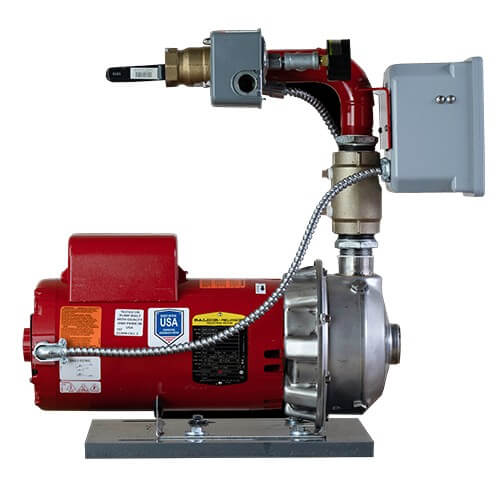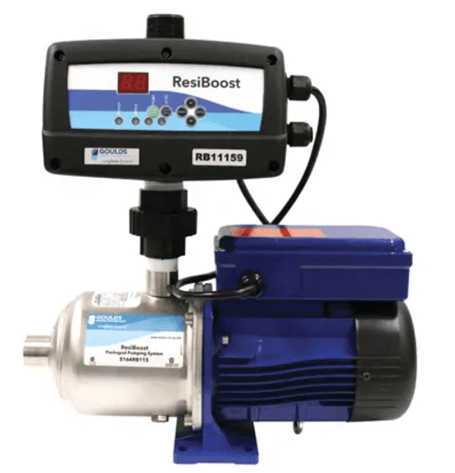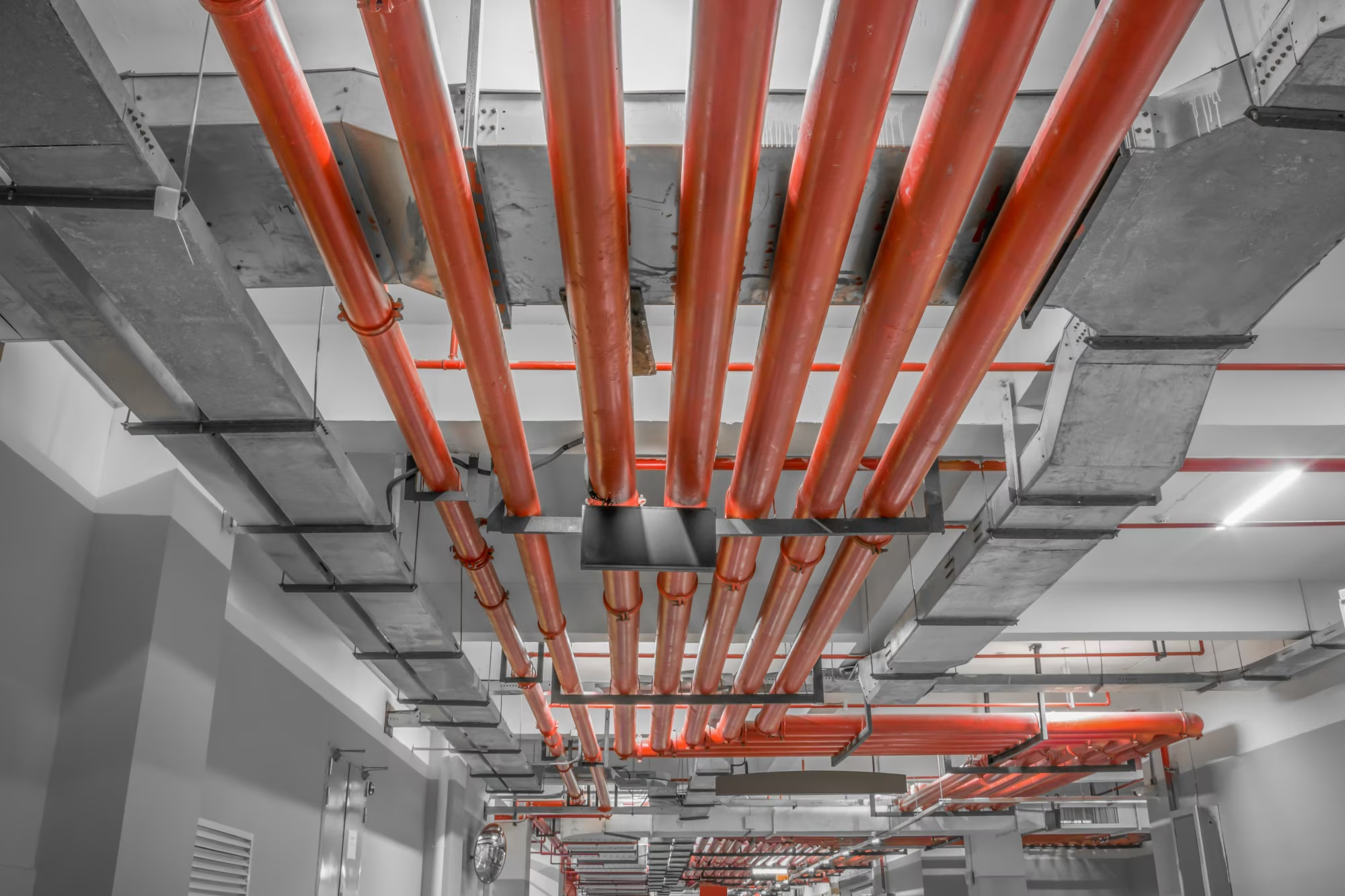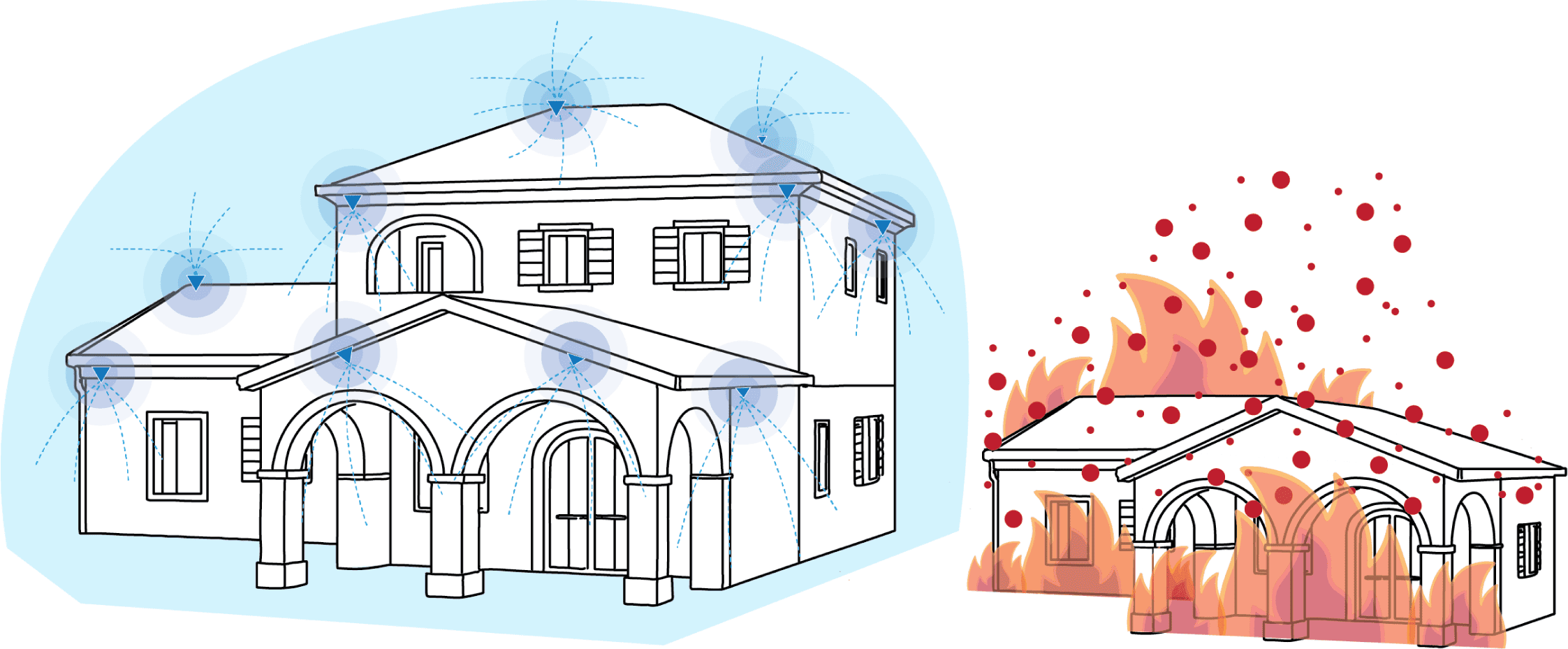A Guide to Pumps for Residential Fire Sprinkler Systems
In situations where there is sufficient water flow to support a fire sprinkler system, but the pressure is too low, a residential fire pump can be added to boost water pressure.
What is a Residential Fire Pump?
A residential fire pump is designed to increase water pressure to meet the demands of a home fire sprinkler system. Unlike commercial fire pumps, which must be UL-listed for use in commercial and multi-family buildings, residential fire pumps in single-family homes are not required to have this certification. This flexibility, as outlined in NFPA 13D 5.1.2.1(5) (2022 edition), allows homeowners to select a pump that best suits their needs.
Most residential fire pumps range from 0.5 horsepower (hp) to 2 hp, depending on the home’s specific water pressure needs.
Types of Residential Fire Pumps
Standard Residential Fire Pumps
- These pumps are designed only for fire sprinkler systems and are typically more affordable than variable speed pumps.
- They follow a pressure-flow curve, meaning they provide more pressure at lower flow rates and less pressure at higher flow rates.
- A fire sprinkler designer must carefully size the pump by consulting the manufacturer’s datasheet to ensure it meets system requirements.

Talco LSF 300C residential fire pump. Image courtesy of Talco.
Variable Speed (Fixed Pressure) Pumps
- These pumps adjust their power to maintain a constant pressure output, making them ideal when supplying both fire sprinklers and domestic water.
- They prevent pressure drops when multiple household water fixtures (e.g., showers, sinks) are in use simultaneously.
- Although more expensive, they offer a better experience when the pump is used for both domestic water and fire sprinklers.

Goulds ResiBoost Variable Speed Pump. Image courtesy of Xylem.
Manufacturers of Residential Fire Pumps
Installation Considerations
When installing a pump exclusively for the fire sprinkler system (not for domestic use), the following guidelines from NFPA 13D must be met:
- A test connection must be provided downstream of the pump to simulate the flow of the smallest sprinkler K-factor in the system.
- Pump motors using AC power must be rated for 240V and installed in accordance with the National Electrical Code (NFPA 70).
- Any disconnecting means for the pump must be approved.
- The pump must be mounted at least 1.5 inches off the floor to prevent damage and ensure proper operation.
Additional Requirements in California
If the pump supplies only the fire sprinkler system and not the domestic water supply, and the project is located in California, additional installation rules apply:
- The pump must be connected to a 220-volt circuit breaker shared with a common household appliance (e.g., oven, dryer, range).
- The pump must be a stainless steel 240-volt pump.
- A valve must be provided to exercise the pump, and the discharge of the exercise valve must drain back into the water tank.
- A sign must be posted near the pump stating: “Valve must be opened monthly for 5 minutes.”



